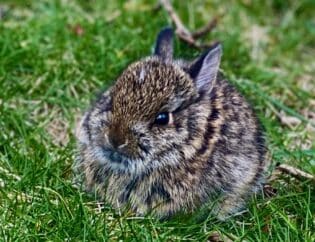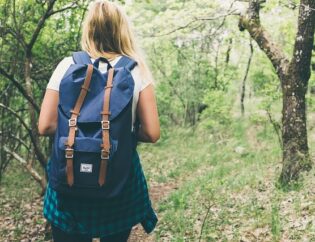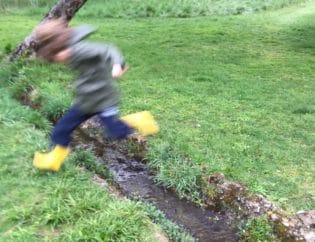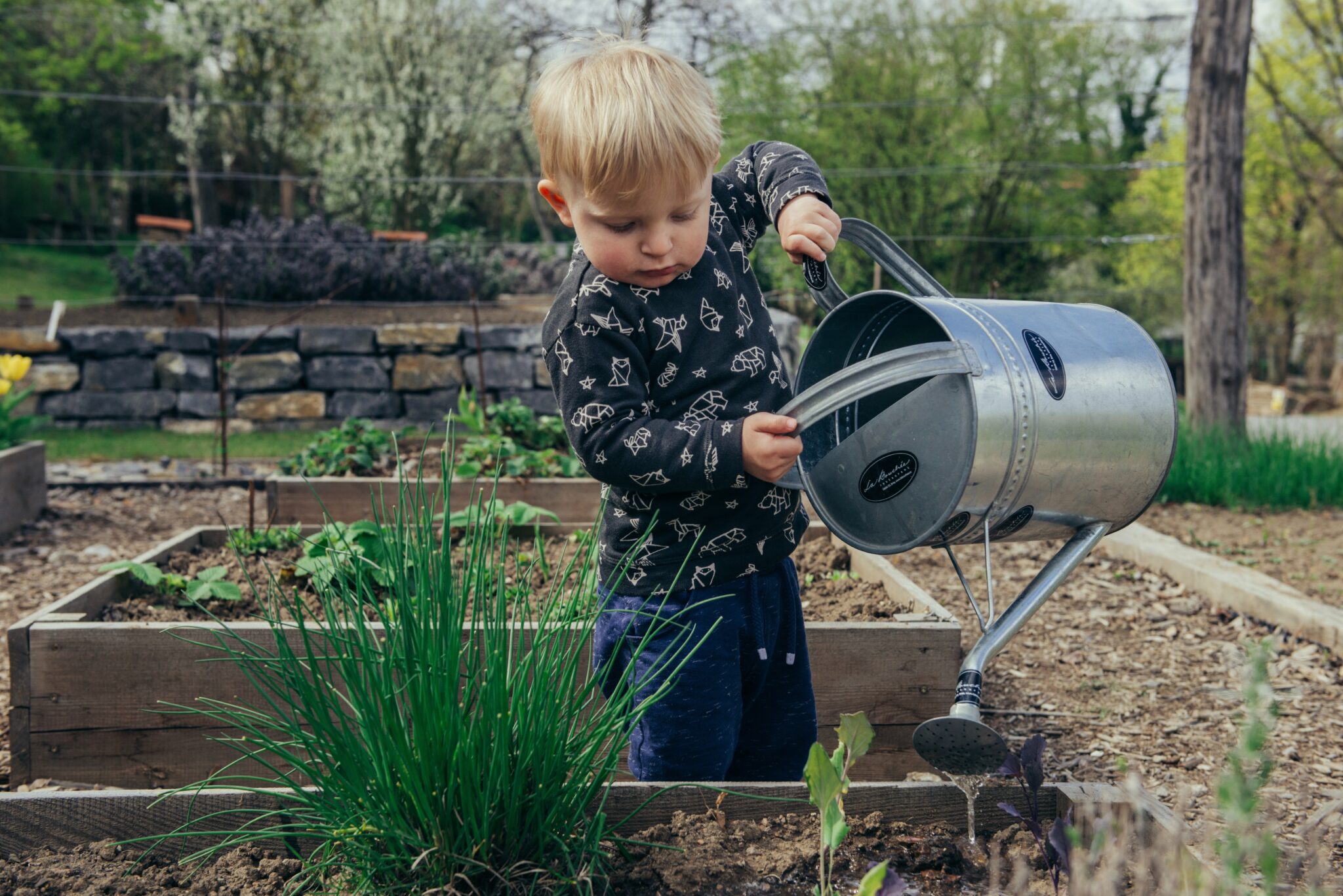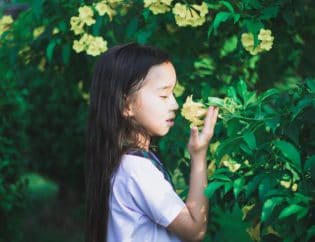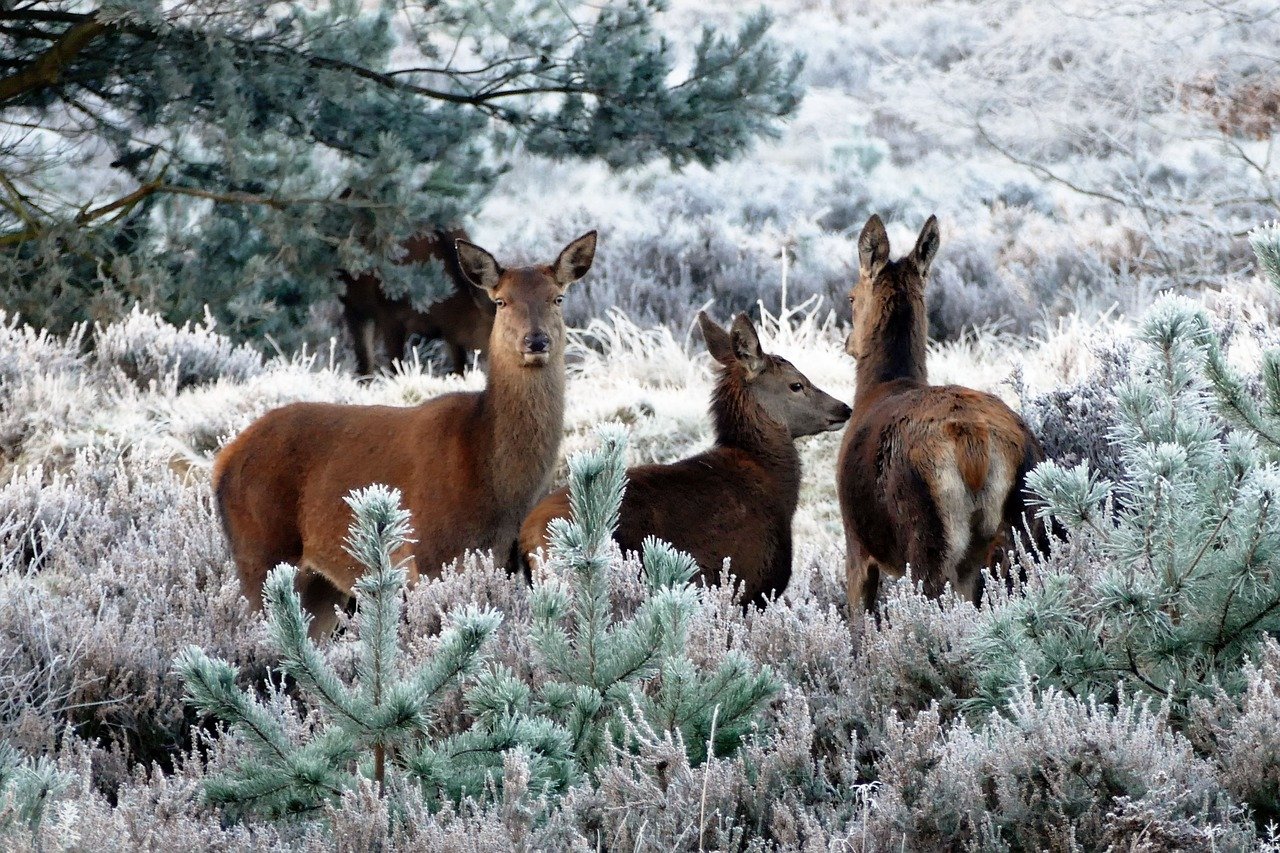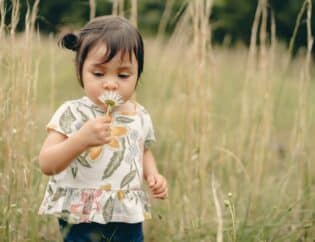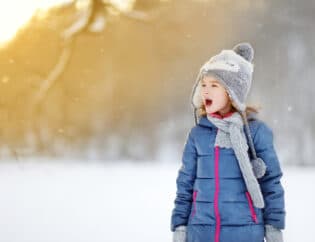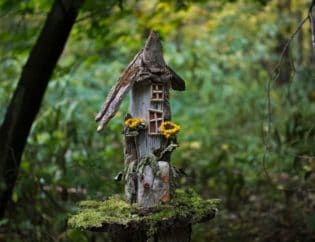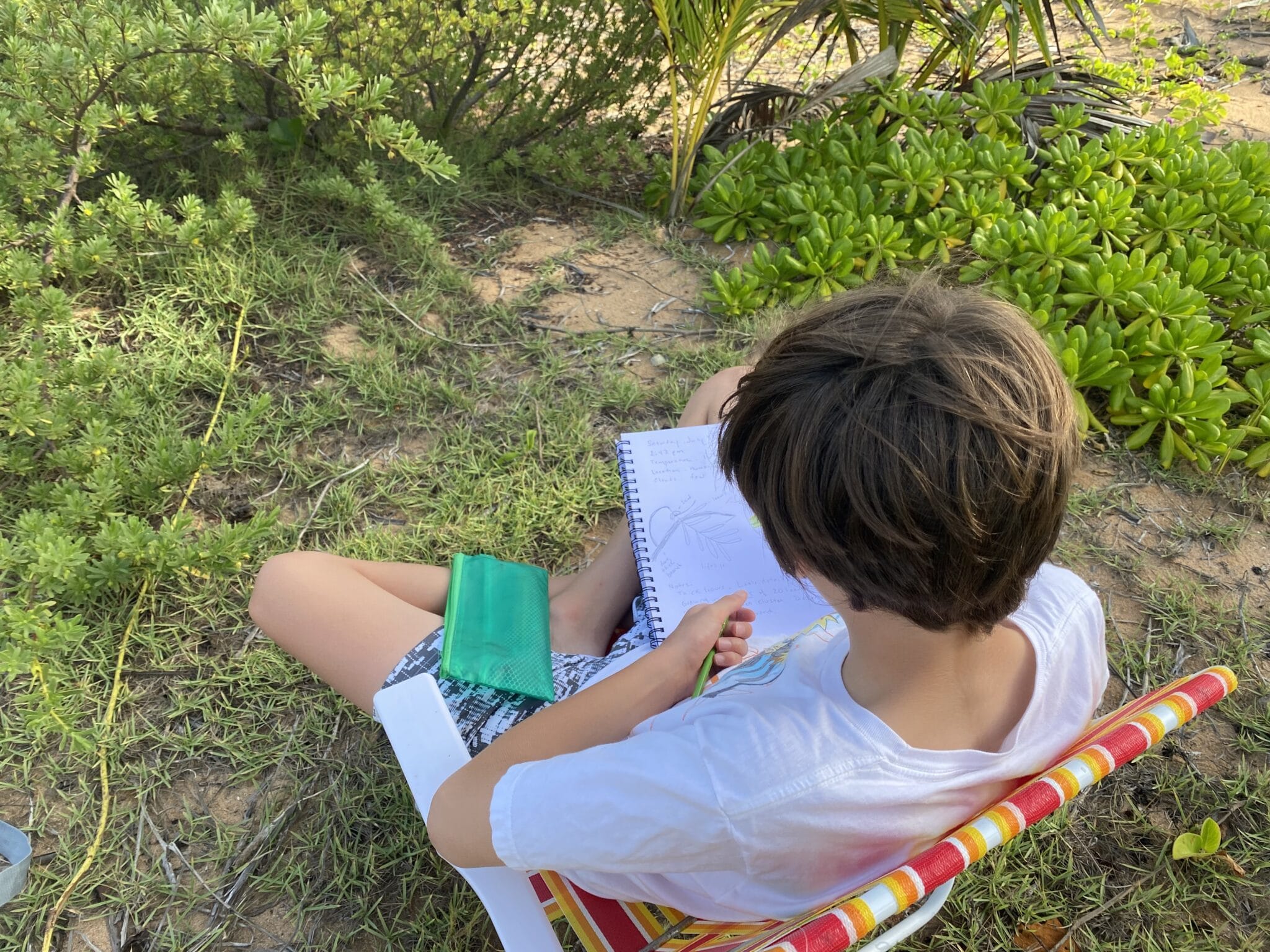
Often parents tell us that, even though they are taking their kids outside, they aren’t sure their children are actually tuning into nature, paying attention to the trees around them, the bird songs, the spider webs that surround them. They are happy their child is spending time outdoors rather than indoors, but they would be even happier if their child were to learn from the outdoors as well.
It’s probably true that most of us want to see our children interact with nature, showing more focus and curiosity in nature, rather than just a pretty backdrop for their activities. So imagine you could help your child slow down, be more attentive, and think more deeply and critically when they are outside in nature? We have a suggestion for a great activity to help your child do this. Nature journaling is hailed by many nature educators as an ideal way to help the outdoors come to life for your child, sometimes for the first time.
You may come across many different approaches to nature journaling. Nature journaling is not rigid or formulaic. It’s simply an excellent way to ask your child to pay more attention to the objects in nature, giving them the gift of their attention for some time. All you need is a nice spot in nature, some paper or a journal, a pencil, colored pencils, and your curiosity!
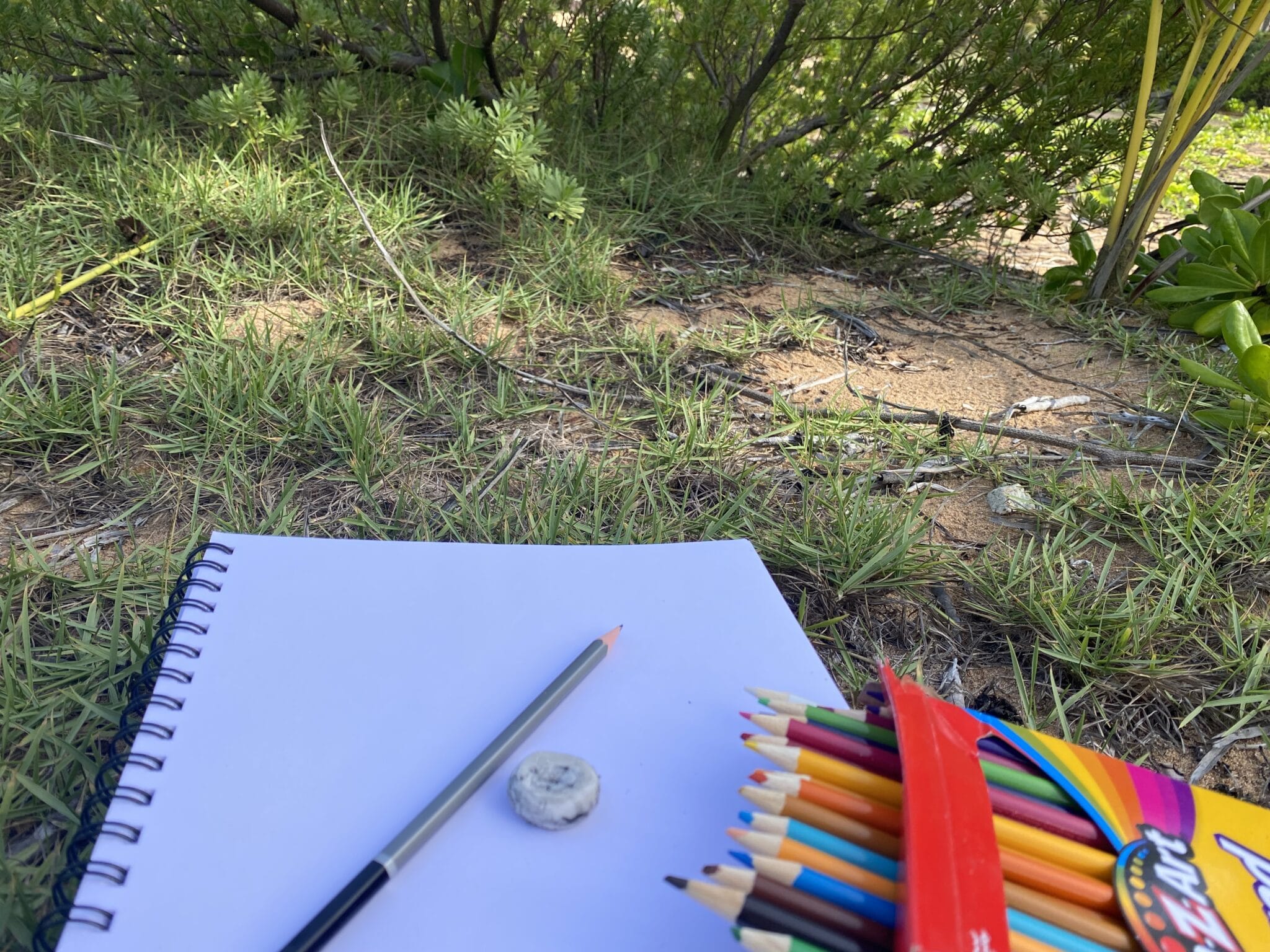
Three Basic Elements of Nature Journaling
Whichever approach you decide to take with your child, there are three things required of any practitioner: to observe, draw and write. By doing these simple steps, your child will notice the parts and pieces in nature that they would whiz by on a hike or trample over while playing tag with friends.
Observe. Most kids can use some practice with their observation skills. And the truth is that many of us don’t take the time to stop, look, observe and wonder. It’s not just kids. But unlocking the power of observation unveils a powerful world ready to be discovered around us. A good rule of thumb for guiding your child with observation is to let them know that observations are what we notice through our senses. They’re not opinions or identification and they should be as detailed as possible. This is a great way for your child to expand their vocabulary as they will need precise language to capture observations. Rather than saying, “the bug is gross.” Your child might observe that “the bug is the size of a pinky finger and has a slate gray color.”
Good observation means paying attention to unique features such as patterns, colors, size, holes, spots, shapes. But they should put all of their senses into play, paying attention to different sounds, smells, or feelings. Some great advice for nature observation comes from naturalist Rachel Carson in “The Sense of Wonder,” where she writes, “One way to open your eyes to unnoticed beauty is to ask yourself, ‘What if I had never seen this before? What if I knew I would never see it again?’”
Draw. The next piece, drawing, is just as important as observational skills. Drawing not only captures what your child sees but will also slow them down. When we draw, we notice more than someone who looks and walks on or takes a photo. This is because drawing requires that we note details for our work. We have to study the texture of bark, the vein pattern on a leaf or the shape of a shell.
While some children can spend hours working on artwork, others avoid it, convinced their skills are not up to the test. Assure your child that art is a skill that only gets better when practiced. So encourage them to nature journal every day! You can also remind your child that nature journaling is not about making a pretty picture but about recording accurate observations. If your child worries that their drawing isn’t good enough, help them turn it into a diagram with a more simplified drawing and labels. Don’t let your child forget to color in their drawing, representing the colors they see as accurately as possible!
Write. The writing piece of nature journaling should certainly not intimidate a child. Even the youngest children can pull this off with a scribe. But for independent writers, let your child know that writing for nature journaling is all about capturing observations and questions. It’s also not fixed. It can be as simple as capturing essential information known as metadata which includes the date, time of day, weather, cloud patterns, and other notes on location. If your child wants, they can pair this step up with a nature ID app and ID their specimen.
For the poet child, nature journal writing can also involve writing a poem describing the natural object or how a child feels about it. And for the naturalist child, they can use their journaling to write down any observations and add questions to think about or research later.
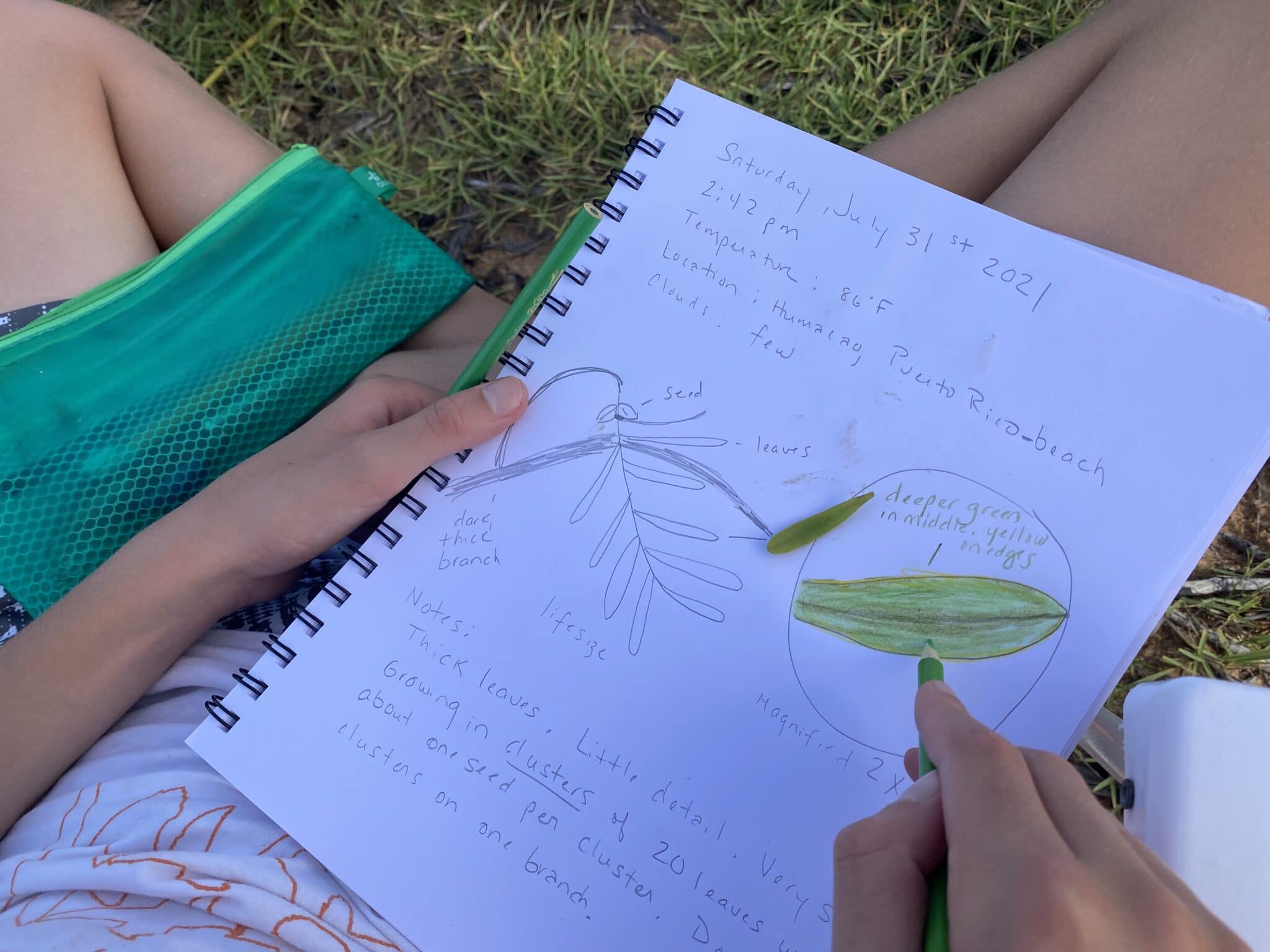
Naturalist Training
If what we have described above sounds a lot like your child is acting like a scientist, that’s because they are! Nature journaling is an authentic naturalist activity and a journal is an essential tool for many naturalists and scientists. Scientists such as Leonardo da Vinci and Nikola Tesla kept them. And keeping a nature journal is a part of the science curriculum in many European countries.
To deepen their naturalist training, encourage your child to make observations beyond describing how the organism looks. For instance, ask them to think about how other organisms in the local environment may have affected the object they are studying. For example, have insects created the holes in the leaf they are studying? Has the moisture in the soil or shade of the tree allowed this mushroom to grow where it sits? Help them think like an ecologist as they think about relationships between organisms. After all, nothing in nature exists in a vacuum. Encourage them to look for behaviors, weather conditions, nearby species, bodes of water, wind patterns, location of nearby critters, or other clues. If they don’t have ideas for a cause and effect, ask them to record their questions on their journal page to come back to later.
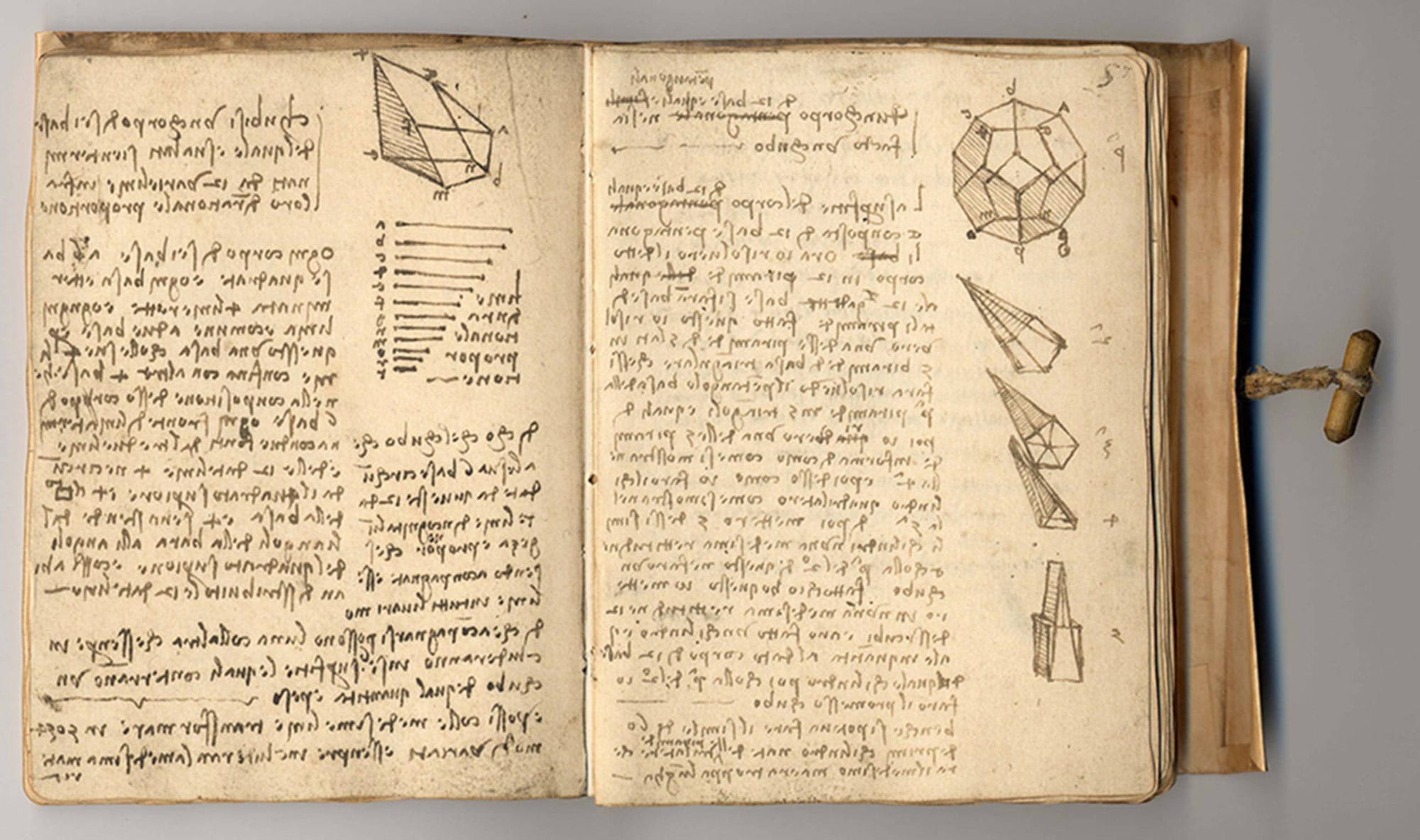
Tips for Successful Nature Journaling
One of the most effective strategies for nature journaling is to remind your child that a good nature journaler develops over time. They don’t start out as professional artists or have expert-level identification skills. Those will come with practice. If they keep at it, their nature journals will show amazing progress week by week.
Another tip to remember is that there is not a perfect place for nature journaling because nature is everywhere. Your child can journal in the vacant lot around the corner, in a neighborhood park, or the lonely tree up the street. If you have a chance, you should help them find a spot that offers a diversity of species to explore.
Of course, you can head outside with a notebook and tell your child to just get to it. This approach might not work. Kids can get overwhelmed by the task with so much to focus on and little structure. Your child’s nature journaling experience will go much smoother if you help them identify possible objects to focus on. You can also throw out some ideas for approaches. Take a look at some of these suggestions for your child’s most creative nature journaling session yet!
Loop it. Many nature educators love this activity in which they use a hula hoop or rope set on the ground of a diameter about the same size as a hula hoop to set boundaries for nature exploration. The child is directed to choose something within the loop to focus on for their nature journaling. This is a great way to help a child narrow down the almost infinite choices of natural objects to focus on.
Compare and Contrast. Your child can choose two different but similar nature objects such as two trees, leaves, mushrooms, or insects. Have them sketch both side by side as they notice similarities and differences between the two.
Scale it Up. Scale it down. In this version, your child will choose one natural object but draw it in three scales: magnified or close up, actual size or zoomed out from a far-off perspective. To show a magnified view, your child can draw a circle to show details that are too small to be shown in the life-size picture.
Micro Time. For this approach, your child will focus on details of their natural object. They should use a magnifying glass or get close to the object (make sure this is safe. No biting or stinging insects or animals here!) Once they get close up, they should notice details such as the hues of color in the object, patterns or other details such as holes in leaves. I
Create a Catalogue. To encourage your child to make nature journaling a part of their long-term practice, encourage them to commit to cataloging as many natural species in a specific area such as an area within their local park, their backyard or a garden plot as they can. This is a great idea for a community project they can share with others.
Soundscaping. A unique and creative way to approach nature journaling is to focus in on the sounds in the environment. Ask your child to choose their spot and then listen to the soundscape around them, diagram and map the soundscape using symbols, different colors, and other ways to graphically represent sound.
As you can see, nature journaling is a great way to help a child focus on the outside world and learn about it through a study of its details. Remember that nature journaling doesn’t have to be on sunny days. Weather changes add a fascinating element to the journaling experience. And if the weather is too bad, your child can always bring the objects inside to collect in a nature museum and use them for future journaling sessions. Happy journaling!
Want to learn more? We were inspired by this free download How to Teach Nature Journaling. Check it out for more ideas!


